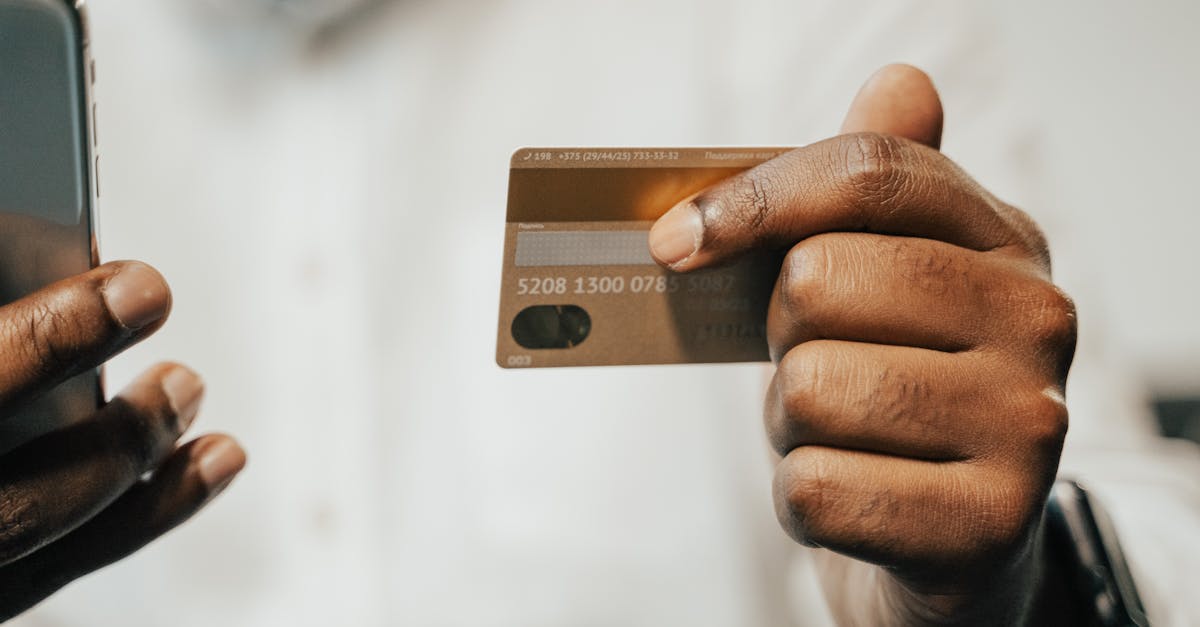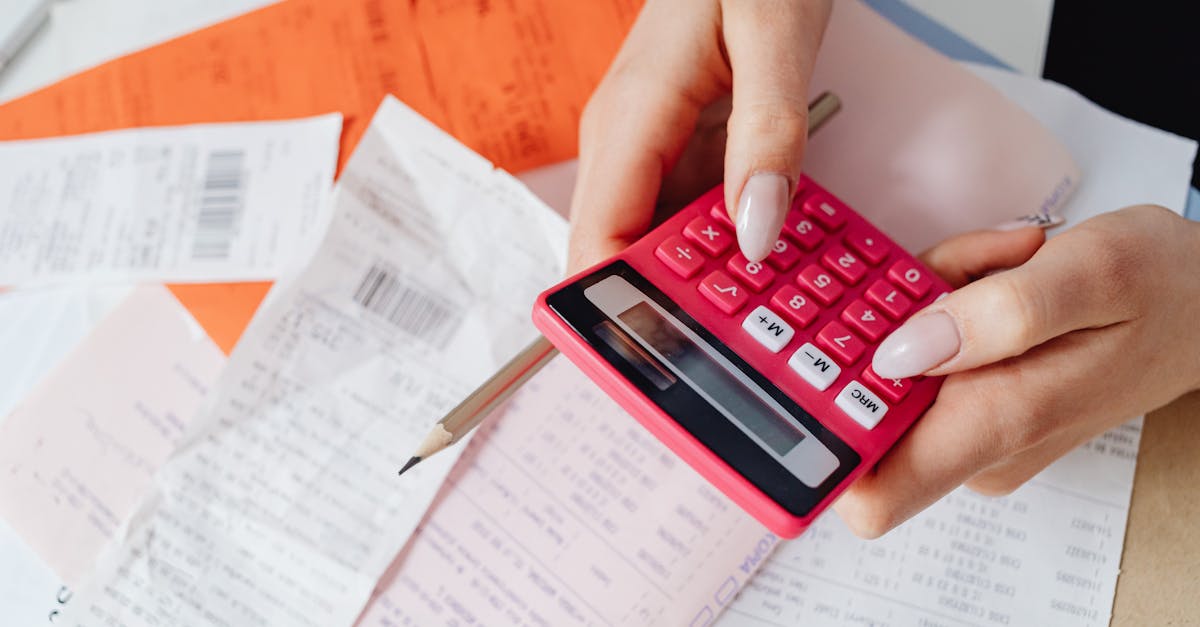The Growth Of Mobile Payments Best Apps And Security Tips
Introduction
The rapid advancement of technology has transformed the way we handle financial transactions, with mobile payments becoming increasingly popular. Offering efficiency, convenience, and speed, mobile payments have revolutionized the finance sector, making everyday transactions seamless. As more consumers embrace this technology, understanding the best apps and ensuring transaction security is crucial. 
Advertisement
The Rise of Mobile Payments
Mobile payments have seen exponential growth worldwide, driven by the increasing penetration of smartphones and internet connectivity. These digital transactions have become ubiquitous, allowing users to pay for goods and services using their mobile devices. The convenience of not needing to carry cash or cards is a significant driver of this trend.
Advertisement
Top Mobile Payment Apps
Several apps have emerged as leaders in the mobile payment space. PayPal, a pioneer in online transactions, has adapted to mobile needs with significant success. Other notable mentions include Apple Pay, Google Pay, and Samsung Pay, all of which offer easy integration with their respective devices and a seamless payment experience. Each app applies different security measures to protect user data and transactions.
Advertisement
Benefits of Mobile Payments
The primary advantage is the convenience of completing transactions quickly without the need for physical cash or cards. Mobile payments also offer enhanced security features such as encryption and tokenization to protect user information. Additionally, some apps provide rewards and cashback offers, adding an enticing incentive for users.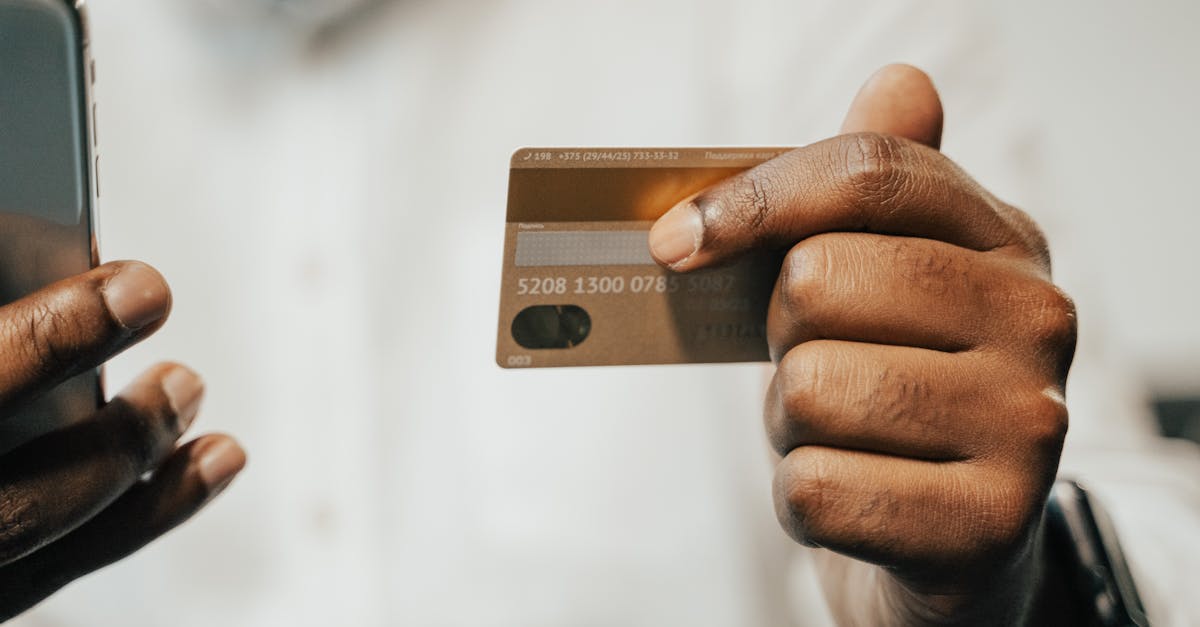
Advertisement
Security Challenges in Mobile Payments
Despite the benefits, mobile payments are not devoid of security risks. Phishing attacks, unauthorized transactions, and data breaches pose significant threats. It is imperative for users to remain vigilant and adopt security best practices to protect their transactions. Regular updates and awareness can mitigate most risks.
Advertisement
Essential Security Tips for Mobile Payments
Users should adopt multifactor authentication (MFA) to enhance the security of their accounts. Using strong, unique passwords and changing them regularly is also advisable. Keeping apps and devices updated ensures the latest security patches are in place. Users should also avoid using public Wi-Fi for transactions to prevent data interception.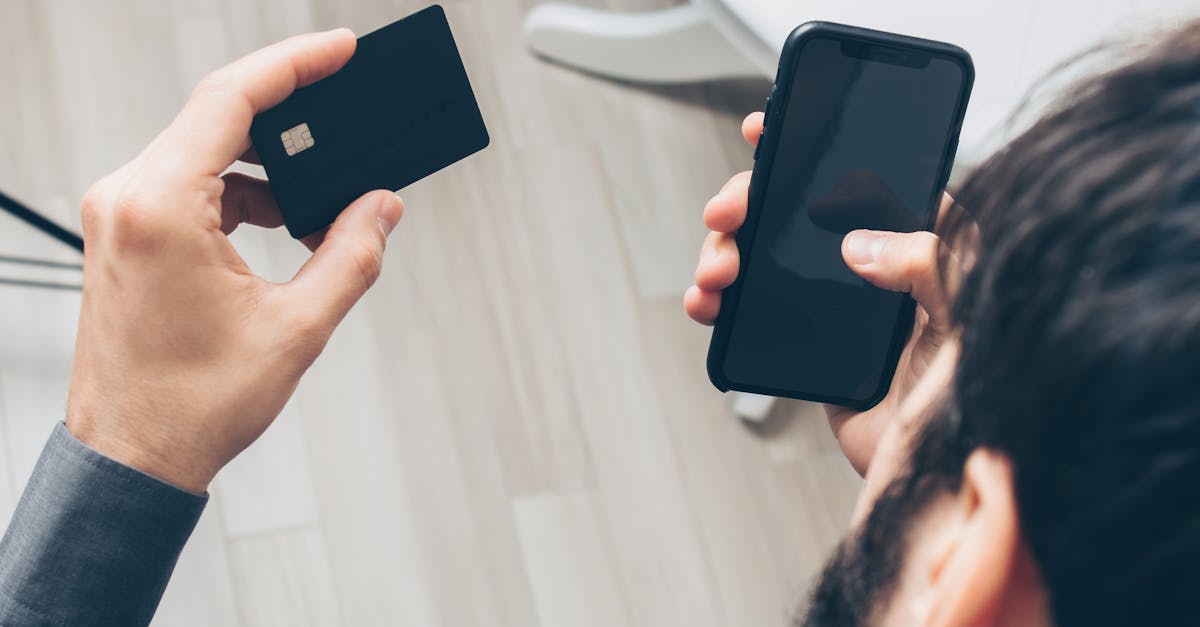
Advertisement
Role of Financial Institutions
Banks and financial institutions play a pivotal role in ensuring the security of mobile transactions. They invest heavily in improving digital security infrastructure and offer 24/7 fraud monitoring services. By providing education and resources, they equip users with the knowledge to safeguard themselves against potential threats.
Advertisement
Innovations in Mobile Payment Security
Technologies such as blockchain and biometric authentication are setting new benchmarks in mobile payment security. Real-time fraud detection systems leverage AI and machine learning to identify suspicious activities quickly. These innovations aim to make mobile transactions not only more secure but also more user-friendly.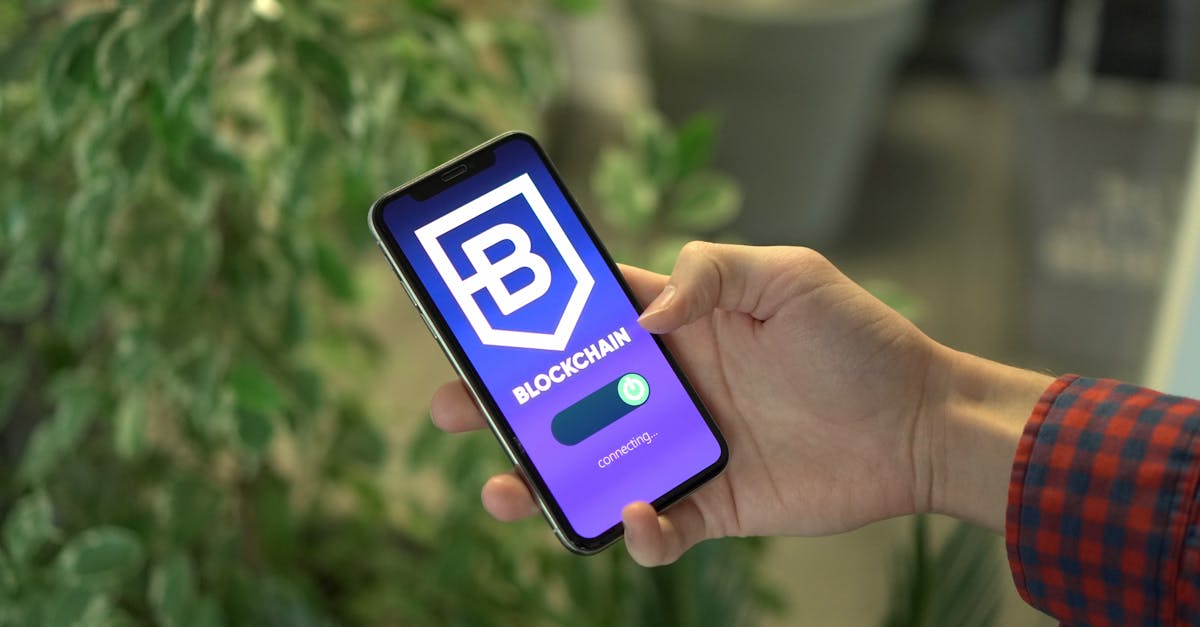
Advertisement
Future of Mobile Payments
As technology continues to evolve, the mobile payment ecosystem will likely become more integral to everyday life. With innovations in cybersecurity and increased consumer trust, mobile payments will continue to grow. Collaboration between tech companies and financial institutions will be essential in driving further advancements.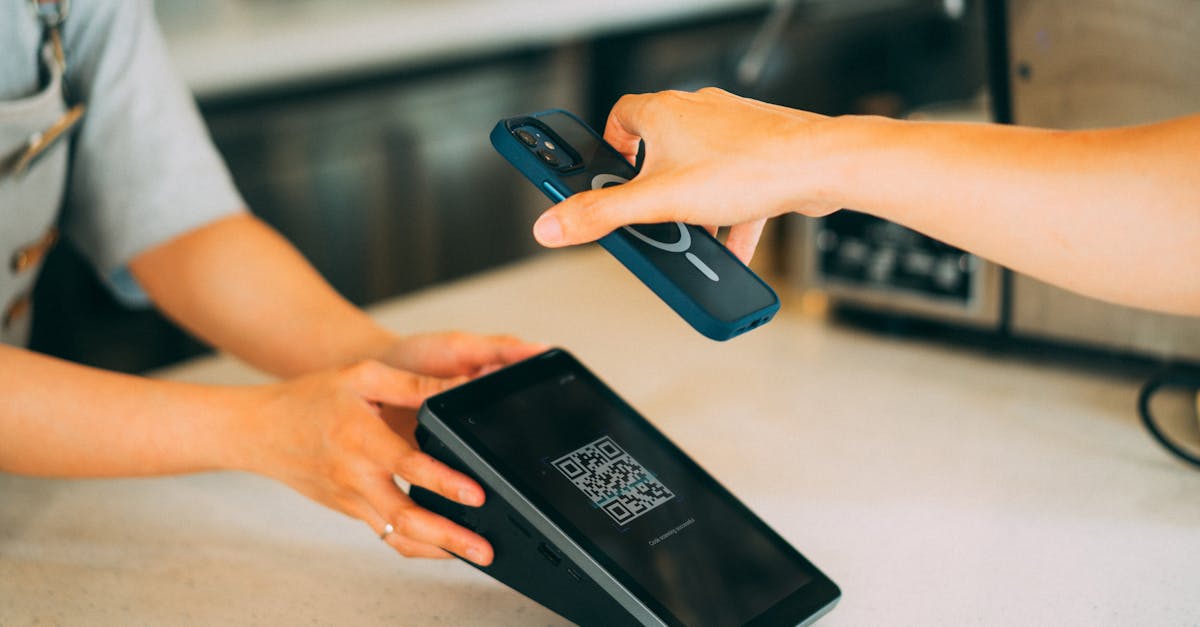
Advertisement
Conclusion
Mobile payments offer a glimpse into the future of financial transactions—convenient and fast yet reliant on robust security measures. By choosing the right apps and adhering to best security practices, users can enjoy the benefits without compromising their safety. As the industry evolves, staying informed and vigilant is the key to avoiding security pitfalls.
Advertisement
